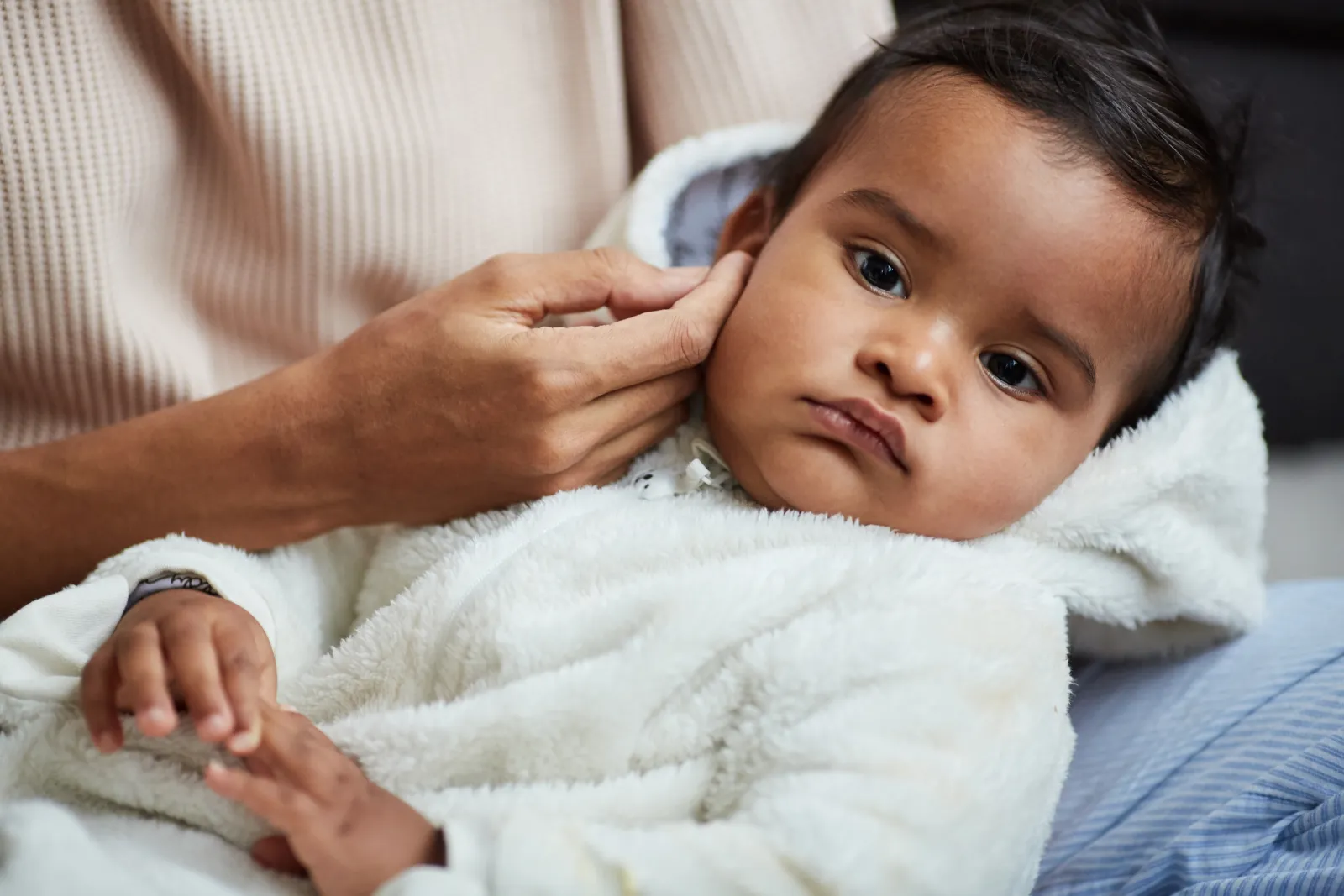As a parent, few things are more distressing than seeing your child in pain from a recurrent ear infection. Besides the common cold, ear infections are one of the most prevalent childhood illnesses, with five out of six children experiencing at least one by their third birthday. When these infections become a repeating cycle, it leads to missed school, sleepless nights, and constant worry.
Understanding the path from a single infection to considering a solution like ear tubes is crucial. The treatment journey often begins conservatively with observation, progresses to antibiotics, and may ultimately lead to a discussion about an ear tube procedure to provide long-term relief for a persistent ear infection in a child.

Understanding Pediatric Ear Infections (Otitis Media)
A pediatric ear infection, or otitis media, is an inflammation of the middle ear, the space behind the eardrum. It's most common in children between six months and two years old but can be a problem up to age eight. The primary cause is often related to the anatomy of a child's head and a still-developing immune system.
Why Are Children So Prone to Ear Infections?
Eustachian Tubes: In children, the eustachian tubes (which connect the middle ear to the back of the throat) are shorter, more horizontal, and narrower than in adults. This makes them less efficient at draining fluid, creating an ideal environment for bacteria and viruses to grow.
Developing Immune System: A child's immune system is not yet fully mature, making them less effective at fighting off the germs that cause colds and, subsequently, ear infections.
Enlarged Adenoids: The adenoids are glands located near the opening of the eustachian tubes. When they become swollen from illness, they can block the tubes, trapping fluid in the middle ear and leading to a persistent ear infection in a child.
Signs Your Child May Have an Ear Infection
While older children can tell you their ear hurts, infants and toddlers cannot. As a parent, you need to watch for common signs that point to an ear infection:
Behavioral Changes: Increased fussiness, unusual crying, or tugging/pulling at the ears.
Physical Symptoms: Fever (often 100.5°F or higher), drainage of white, yellow, or brown fluid from the ear, and loss of appetite.
Hearing and Balance Issues: Not responding to quiet sounds, trouble with balance, or complaining of a "popping" sound in their ear.
Sleep Disturbances: Difficulty sleeping, as lying down can increase ear pressure and pain.
When Does an Ear Infection Become "Recurrent"?
A single ear infection is common, but when they keep coming back, it's a sign of a larger issue. Doctors classify recurring ear infections in a child based on frequency. The clinical guidelines for recommending further intervention, like ear tubes, are typically met when a child experiences:
Three or more infections in a six-month period.
Four or more infections in a single year.
Fluid in the middle ear that persists for more than three months, especially if it is causing hearing problems.
The Treatment Path for a Persistent Ear Infection in a Child
An ENT specialist will always begin with the least invasive approach. An ear tube procedure is a solution for chronic issues, not a first-line treatment.
Observation: For a mild infection, your doctor may recommend a "wait-and-see" approach for 48-72 hours, managing pain with over-the-counter medication.
Antibiotics: If symptoms are severe or do not improve, a course of antibiotics is typically prescribed to clear the bacterial infection.
Ear Tube Surgery (Myringotomy): When antibiotics fail to prevent recurrent ear infections or when persistent fluid affects hearing and speech development, ear tubes are recommended.
When Are Ear Tubes the Right Solution?
A myringotomy, or ear tube surgery, is a very common and safe outpatient procedure. An ENT surgeon makes a tiny incision in the eardrum and places a small tube (a tympanostomy tube) in the opening. This tube serves two critical purposes:
Ventilation: It equalizes pressure between the middle ear and the outside environment.
Drainage: It allows any trapped fluid to drain out, preventing the buildup that leads to infection.
The tubes typically stay in place for 6 to 18 months and fall out on their own as the eardrum heals. This procedure can dramatically reduce the frequency of infections, resolve hearing loss caused by fluid, and improve a child's overall quality of life.
Schedule a Consultation with Our Pediatric ENT Experts
If you're tired of battling your child's recurrent ear infection, it's time to seek a specialist's opinion. The expert team at ENT of Georgia South can provide a thorough evaluation and discuss all available treatment options to find the best solution for your child. Contact us today to schedule your appointment and take the first step toward lasting relief.

